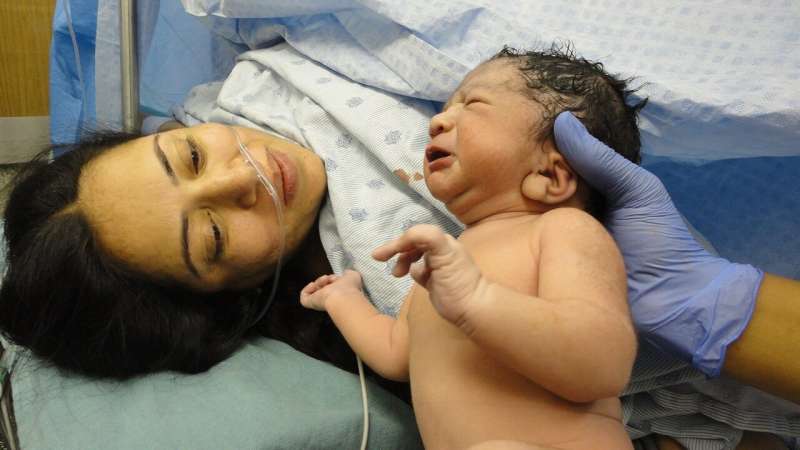Enhancing Rural Maternity Care: The Role of Family Physicians and Support for High-Need States

This article explores how family physicians improve maternity outcomes in rural areas and emphasizes the need for increased support and training in high-need states to expand access to quality maternity care.
A recent study published in The Annals of Family Medicine sheds light on the significant impact family physicians have on maternity care in rural regions across the United States. By analyzing county-level data and healthcare resources, researchers found that family physicians frequently serve as the primary source of maternity care in underserved rural counties. The study categorized counties into three types: those where family physicians are the sole providers with hospitals offering obstetric services, those where family physicians are the only providers without hospital-based obstetric care, and counties where only hospitals provide maternity services without physician involvement.
The findings reveal that most vulnerable counties providing maternal care are primarily rural and concentrated in the central U.S., including states like Texas, Iowa, Nebraska, and Kansas. Counties solely reliant on hospitals for obstetric services tend to have higher social deprivation and larger Black populations, especially in Mississippi, Missouri, Oklahoma, and Texas. Conversely, counties served by family physicians—whether in collaboration with hospitals or independently—exhibit better maternal outcomes, including lower rates of preterm births, low birth weight, and infant mortality.
Despite these positive contributions, there are substantial gaps in maternity care access, especially in high-need states. The study highlights the importance of expanding training programs focused on obstetrics, such as rural training tracks, obstetric fellowships, and family medicine residency programs with a focus on maternity care. Strengthening these avenues can help address the geographic disparities and improve maternal and neonatal health outcomes in underserved areas.
Overall, supporting family physicians in rural areas and investing in specialized training are vital strategies to expand access to quality maternity care and reduce disparities, particularly in high-need regions where healthcare resources are limited.
Stay Updated with Mia's Feed
Get the latest health & wellness insights delivered straight to your inbox.
Related Articles
New Discoveries Highlight Protein Target to Protect Lungs from Severe Flu Damage
A groundbreaking study uncovers how inhibiting a specific lung protein, Gasdermin E, can significantly reduce inflammation and tissue damage caused by severe influenza, paving the way for new treatments.
National Survey Identifies Challenges and Opportunities in School-Based Diabetes Care
A national survey highlights major barriers and opportunities in implementing effective diabetes management plans in schools, leading to significant updates for improved student care.
Innovative Use of Living Heart Valves Shows Promise in Treating Pediatric Heart Conditions
Duke Health researchers uncover promising results for using living heart valves in pediatric patients, showing growth and sustained function across various heart conditions.



